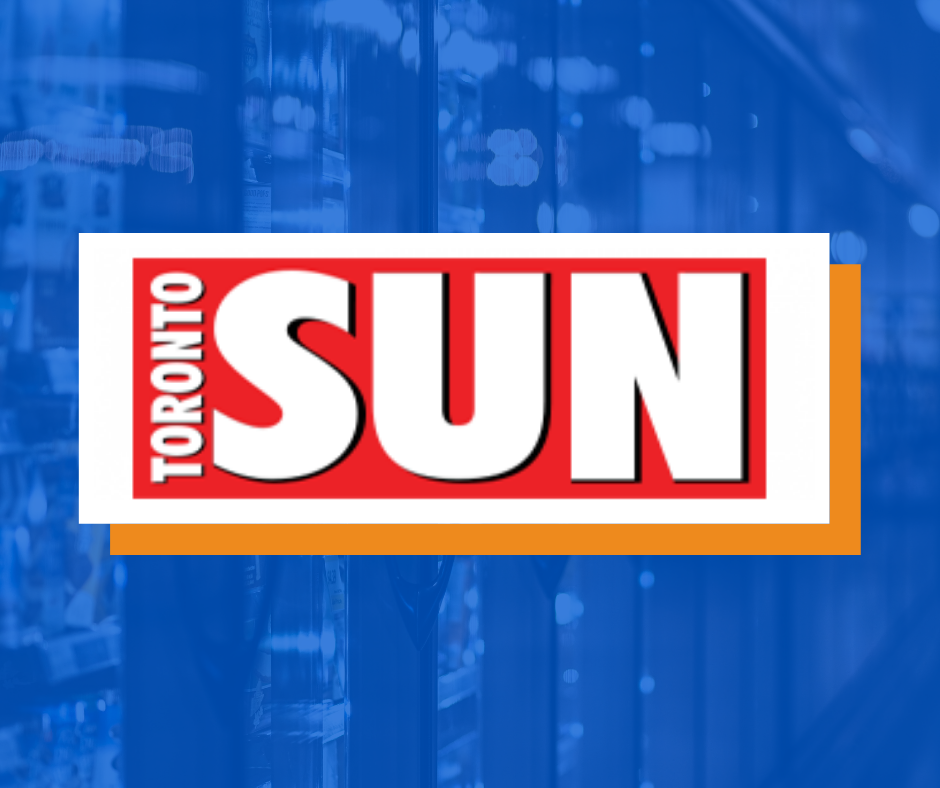Ban on flavoured vape juice, nicotine limits will push smokers back to cigarettes
Just when it was thought to be safe to vape rather than smoke cigarettes, the Trudeau Liberals are unwittingly conspiring to resurrect the age-old sin of cigarette smoking.
They don’t think this will happen of course, but it will
On July 19, as per the federal Gazette, the Liberals of Prime Minister Justin Trudeau will announce new regulations to not only reduce the nicotine level in e-cigarette vaping products but ban flavoured vape liquids beyond tobacco and menthol/mint.
“Health Canada is pushing smokers back to smoking cigarettes and into the arms of ‘Big Tobacco’,” says Shai Bekman, president of DashVapes Inc., Canada’s largest independently owned e-cigarette company.
Ontario’s pre-emptive move to ban vape flavours will affect the big-name e-cigarette brands that sell primarily in convenience stores, such as Juul and Vype.
Both companies sell e-cigarette pods that come in flavours such as cucumber, mango, strawberry, and vanilla.
But what is Health Canada thinking?
According to various experts in sociological behaviour, and confirmed in many peer-reviewed articles, rather than reduce smoking, this will eventually drive vapers back to real cigarettes and, because of the severe 70-plus per cent tax on smokes, will also cause increased demand for contraband cigarettes.
After all, if you’re going to smoke, why pay a heavily taxed $20 a pack when a trip to the friendly smoke shack on any Mohawk reserve in Ontario and Quebec will get you a tax-free pack for as little as $4?
As David Clement, North American Affairs Manager with the Consumer Choice Centre recently wrote in the Financial Post, “our federal government is ignoring what is working abroad and is rejecting its usual governing principle of harm reduction.
“Curbing youth access to vape products is very important but banning flavours for adult smokers trying to quit tobacco is a huge mistake, one that could have deadly consequences,” said Clement.
“Approximately 1.5 million Canadians use vape products, most of them smokers trying to quit. Research on consumer purchasing patterns shows that 650,000 of those vape users currently rely on flavours that would be prohibited if the ban goes through.”
In May, also in the Financial Post, Fred O’Riordan, a former director-general at Revenue Canada, said “ the federal budget had something for everyone, including contraband traders.
“Their unexpected gift came in the form of a $4 per carton increase in excise duties on legally manufactured cigarettes, a sharp increase that may mark the end of one era — in which tax policy was an effective tool to control tobacco use — and the beginning of another.
”More smokers will switch to readily available and far cheaper contraband products,” he wrote.
“(This) will be bad for the health side of policy, especially for young people since illegal sellers do not ask for proof-of-age ID.”
The purpose of tobacco taxes, of course, is to raise revenues, but projections have been falling for years.
Last November, the Canada Revenue Agency estimated the 2014 loss in federal excise duty revenue from illegal cigarettes — the so-called “tax gap” — at about $483 million.
Lost provincial tax revenues would more than double that estimate. And those “latest” numbers are seven years old.
What’s needed is the ballsy move of reducing tobacco taxes enough to make buying contraband a non-thought. Ontario Premier Mike Harris did this and sin-tax tobacco revenues predictably went up.
And keep flavoured vapes — the mango, the vanilla and even the bubble-gum, all of which are also sold on reserves.
Health Canada has to stop being so counterintuitive.
It’s not working.
Originally published here.



